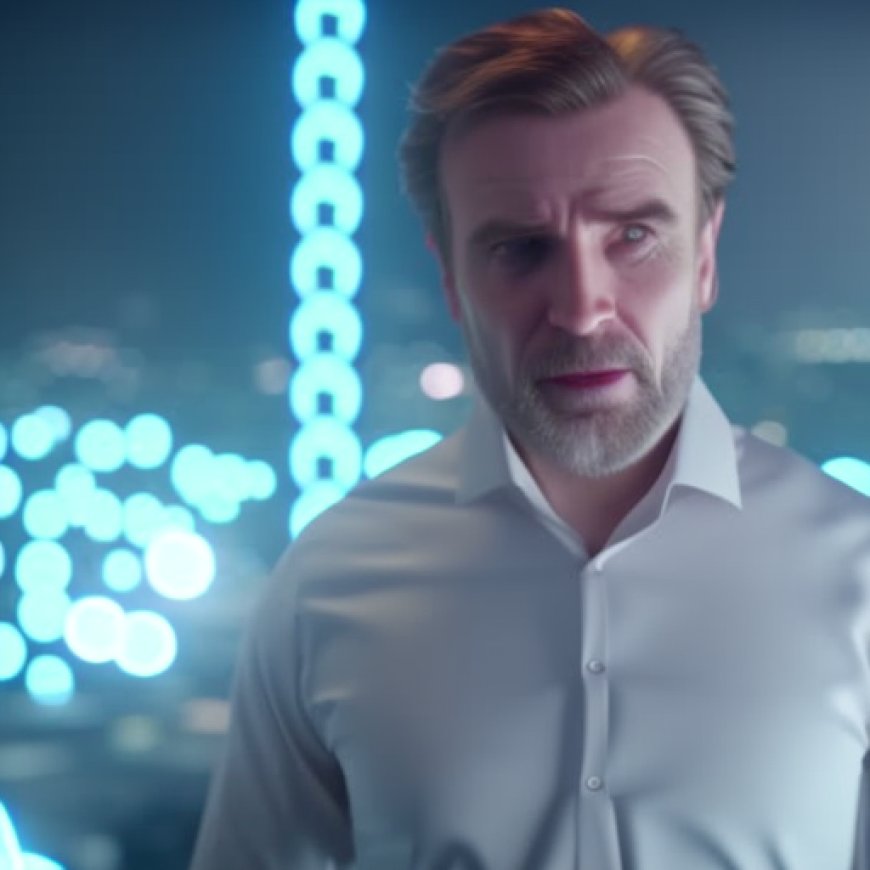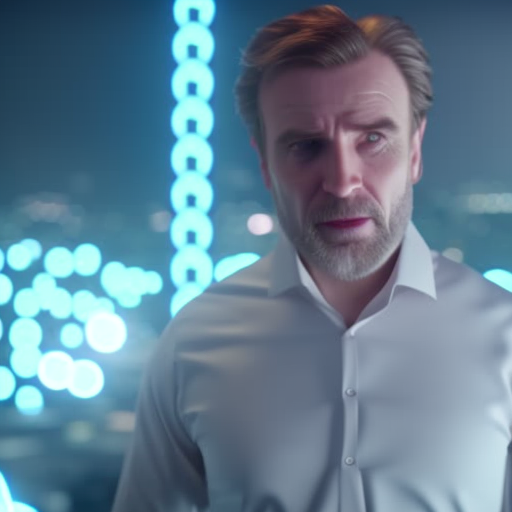Will there be enough cables for the clean energy transition?
Will there be enough cables for the clean energy transition? Financial Times


Cross-border Electricity Cables Face Challenges Amid Growing Demand
Crossing more than 700km of seabed between the Isle of Grain, south-east England, and Fedderwarden, north-west Germany, the planned NeuConnect electricity cable will enable the two G7 economies to trade electricity directly for the first time.
The £2.4bn project is one of several long-distance, cross-border cables, known as interconnectors, being developed around the world as the shift away from fossil fuels fosters a new era of international energy trading.
Construction on the project started mid-July, helping both countries to try to hit their “climate targets and boost energy security”, Miguel Berger, Germany’s ambassador to the UK, said in a statement.
Progress has not been smooth, however. The cable’s current anticipated start date of 2028 is four years later than initially planned, due in large part to delays in acquiring supplies of electricity cable.
It is not the only such project to be held back. A link between Denmark and Britain has been delayed by problems including “unforeseeable cable market congestion”, while a cable linking France and Spain across the Bay of Biscay is also running one year behind.
Challenges in Meeting Growing Demand
There are concerns that this pattern could be a taste of what is to come. Demand for interconnectors and other energy infrastructure such as wind turbines is growing rapidly, putting unprecedented strain on supply chains for electricity cable and the converter stations needed for connection to the grid.
Supplies of both are concentrated among relatively few companies, with high barriers to entry. The potential difficulty of securing raw materials such as copper, and a lack of skilled labour needed for factories, risk putting a brake on new supplies.
Manufacturing slots are booked up, and costs are climbing. “You’re in a dogfight”, says one senior wind industry executive, describing a scramble for converter stations.
“With companies already pointing to long lead times for key pieces of [electricity] grid equipment, lack of supply chain capacity could become a major bottleneck,” warns Ben Backwell, chief executive of the Global Wind Energy Council, a trade association.
A Painstaking Process
The push away from fossil fuels and towards clean electricity has accelerated in the past few years, with countries putting in place ever more ambitious targets. Russia’s war on Ukraine has underscored the need to move away from gas, sometimes considered a “bridge” fuel.
The International Energy Agency expects renewable power capacity to grow by 2,400 gigawatts between 2022 and 2027 — equivalent to China’s entire power capacity today — with both the EU and the UK targeting multifold increases in offshore wind by the end of the decade.
“We are entering the third electrical infrastructure revolution in Europe,” says Christopher Guérin, chief executive of Nexans, one of the largest cable makers by market share, referring to previous growth spurts at the turn of the 20th century and after the second world war.
The revolution requires vast amounts of new cabling in general. But the distances over which electricity needs to be transported are also getting longer, as developers try to best harness the wind and sun.
In the quest for higher wind yields, turbines are being put ever deeper out to sea. Countries want to be able to buy electricity from those with sunnier or windier weather. Many also need to be able to trade electricity minute by minute with others in different time zones and weather patterns, to smooth out surges and lulls in supplies depending on how hard the wind is blowing or the sun is shining. Electricity supply and demand must be constantly matched, to avoid blackouts.
Several projects, such as NeuConnect, are set to expand Britain’s electricity ties to the continent. Other long-distance cables being built include the 400km link between Cubnezais in south-west France and Gatika in northern Spain, and the 1,208km EuroAsia Interconnector running from Israel to Cyprus and Greece.
Transporting electricity can be inefficient, however, with losses along the way worsened over large distances. Sending it at very high voltage is more efficient, if more expensive, with losses potentially as low as 3 per cent per 1,000km for direct current systems, which have less resistance. This is about 30-40 per cent lower than for alternating current systems.
“HVDC [high-voltage direct current] becomes economic at about the 60km mark” for subsea systems, says Ian Douglas, chief executive of cable company XLCC.
Producing cables that can do this across deep and uneven seabeds is a complex, painstaking process. Strands of copper or aluminium conductor are wrapped in several layers of insulation and protection, such as paper steeped in non-conductive fluid, lead coating, plastics and steel.
Production typically ekes along at about one metre per minute. Precision is key. “If you have, let’s say, one grain of sand inside, the cable will fail,” says Frank de Wild, senior consultant in power cables at the consultancy DNV. Laying them at the bottom of the sea is another challenge, requiring special vessels and highly skilled crews. The largest cablemaker by market share, Prysmian Group, has a ship that is 171 metres long and equipped to lay cables at up to 3,000 metres deep.
Notwithstanding these complexities, demand for high-voltage cables is booming, with the market climbing from a typical $3bn of new projects awarded per year between 2015-20 to $11bn in 2022. This year, the estimated value of new orders is likely to exceed $20bn before settling at $18bn-$20bn per year, according to Massimo Battaini, incoming chief executive of Prysmian. “We are fully booked until 2026/27,” he says.
Historically stable demand, as well as high barriers to entry given the technical expertise and equipment required to make and install the cables, means the market is relatively concentrated. Milan-based Prysmian, NKT, which is based in Copenhagen, and Nexans in Paris account for more than 75 per cent of the market. They are investing heavily to meet demand, while competitors new and existing are also trying to muscle in.
But some analysts doubt manufacturing capacity will align with the rapid pace at which new projects need to be built to meet net zero targets.
The consultancy 4C Offshore estimates current plans will result in a shortage of high-voltage cables outside of China in the second half of the decade. (China has domestic manufacturers which mostly supply the Chinese market.)
“On very simple maths, when you look at projects and the lengths, and the connection dates, and when you start to marry those numbers up, you have a shortfall,” says Chris Smith, at the consultancy P
SDGs, Targets, and Indicators
-
SDG 7: Affordable and Clean Energy
- Target 7.1: By 2030, ensure universal access to affordable, reliable, and modern energy services
- Indicator 7.1.1: Proportion of population with access to electricity
The article discusses the development of interconnectors and the shift towards clean electricity, which aligns with SDG 7. The NeuConnect electricity cable project aims to enable direct electricity trading between the UK and Germany, contributing to affordable and clean energy access. The project also supports the countries’ climate targets and energy security.
-
SDG 9: Industry, Innovation, and Infrastructure
- Target 9.1: Develop quality, reliable, sustainable, and resilient infrastructure
- Indicator 9.1.1: Proportion of the rural population who live within 2 km of an all-season road
The article highlights the challenges in the supply chain for electricity cables and converter stations, which are critical components of energy infrastructure. The concentration of supplies among a few companies and the potential difficulty in securing raw materials and skilled labor pose risks to infrastructure development. Achieving SDG 9 requires addressing these challenges and ensuring the availability of manufacturing capacity and critical materials.
-
SDG 12: Responsible Consumption and Production
- Target 12.2: Achieve sustainable management and efficient use of natural resources
- Indicator 12.2.1: Material footprint, material footprint per capita, and material footprint per GDP
The article mentions the potential shortage of copper, a critical raw material for electricity cables, due to increasing demand from power grids, wind turbines, and electric cars. This highlights the need for responsible consumption and production practices to ensure the sustainable management and efficient use of natural resources like copper.
Table: SDGs, Targets, and Indicators
| SDGs | Targets | Indicators |
|---|---|---|
| SDG 7: Affordable and Clean Energy | Target 7.1: By 2030, ensure universal access to affordable, reliable, and modern energy services | Indicator 7.1.1: Proportion of population with access to electricity |
| SDG 9: Industry, Innovation, and Infrastructure | Target 9.1: Develop quality, reliable, sustainable, and resilient infrastructure | Indicator 9.1.1: Proportion of the rural population who live within 2 km of an all-season road |
| SDG 12: Responsible Consumption and Production | Target 12.2: Achieve sustainable management and efficient use of natural resources | Indicator 12.2.1: Material footprint, material footprint per capita, and material footprint per GDP |
Behold! This splendid article springs forth from the wellspring of knowledge, shaped by a wondrous proprietary AI technology that delved into a vast ocean of data, illuminating the path towards the Sustainable Development Goals. Remember that all rights are reserved by SDG Investors LLC, empowering us to champion progress together.
Source: ft.com

Join us, as fellow seekers of change, on a transformative journey at https://sdgtalks.ai/welcome, where you can become a member and actively contribute to shaping a brighter future.







